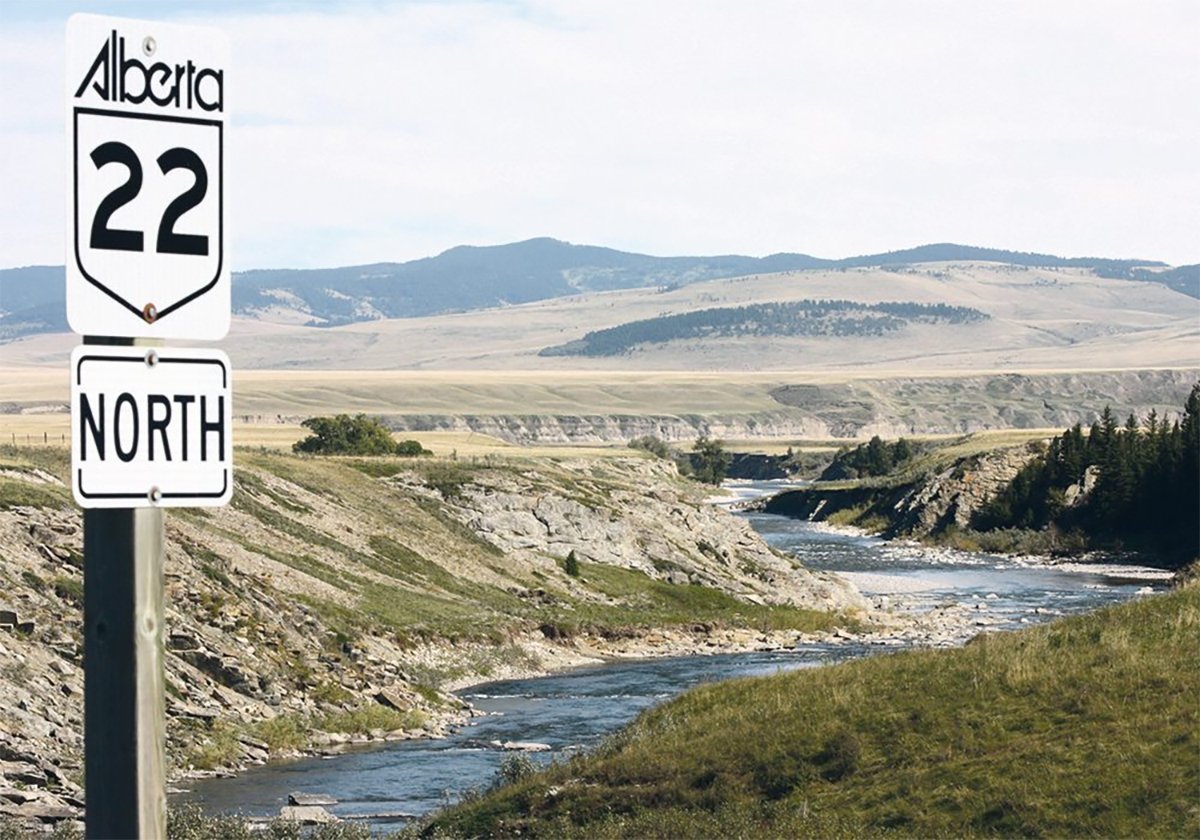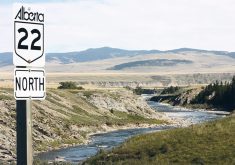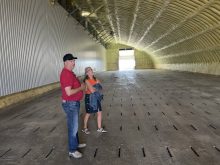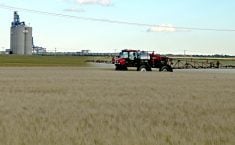SALTCOATS, Sask. – The grass may not be greener on the other side of the fence but these cattle know there’s something good to eat beyond the electric wire.
As soon as the wire is disconnected and dropped to the ground, they charge into the corn, some of them disappearing among the yellow stalks.
They go straight for the cobs, snapping them off and crunching them up in a few bites. They will eventually move on to the leaves, stalks and weeds.
“The cows are easy to train,” said Kevin Elmy, of Friendly Acres Seed Farm near Saltcoats, where the corn grazing trial is under way. “The owners are a little tougher.”
Read Also

New coal mine proposal met with old concerns
A smaller version of the previously rejected Grassy Mountain coal mine project in Crowsnest Pass is back on the table, and the Livingstone Landowners Group continues to voice concerns about the environmental risks.
This is the third year of the trial. Elmy seeded 40 acres to 12 different varieties with corn heat units ranging from 2,175 to 2,575. The plot included Roundup Ready and Liberty Link varieties, as well as conventional grain and silage types.
The plot looks sparse in places because of excess spring moisture.
“What did we learn this year? After you seed it and you get 12 inches of rain and it floods for four weeks, it doesn’t like that,” Elmy said. “As soon as you have sitting water, you’re done.”
One of his neighbours erected a No Fishing sign at one point.
In higher spots where the soil drained well, the corn grew nearly three metres tall.
Elmy has calculated 200 grazing days per acre from his corn. Inputs of seed, fertilizer and chemical cost about $110 per acre.
This pencils out to feeding costs of 55 cents per cow per day “on some pretty ugly Saskatchewan corn.”
He compares that to $1.75 to $2 per cow per day to bale feed last year.
“If it makes sense (to corn graze) when the price of cattle is low and the price of diesel is high, why wouldn’t you continue,” Elmy said.
Interest in corn grazing is growing and Elmy predicted it will continue, especially as varieties are improved. Some producers who experimented with corn grazing a few years ago weren’t happy when the stalks snapped off in wind or collapsed under snow.
Elmy said some of the newer varieties have stronger stems and are standing up better to snow. That also offers cattle protection from wind when they stand in the corn to eat.
Corn grazing can provide a low-stress method of weaning. Calves turned out in a corn patch with their mothers will soon be pulling off cobs and essentially weaning themselves.
Elmy said cattle will eat corn until it is frozen. In spring, they can be sent back in to clean up what’s left and the fields can be planted to other crops.
When first turned into the field, cattle will eat most of the cobs the first day. Elmy said stocking rates depend on corn growth, but electric fences should be moved about every three days and the grazing area kept in check.
There is a possibility that in a large paddock, cattle will overeat, especially the younger ones.
Elmy added that he prefers early maturing grain corn varieties for beef cattle.
“Having those nice soft mushy cobs, that works well,” he said.
The more cobs there are, the more energy cattle can obtain. Elmy said he doesn’t believe cobs need to be fully developed to provide nutritional
benefits.

















